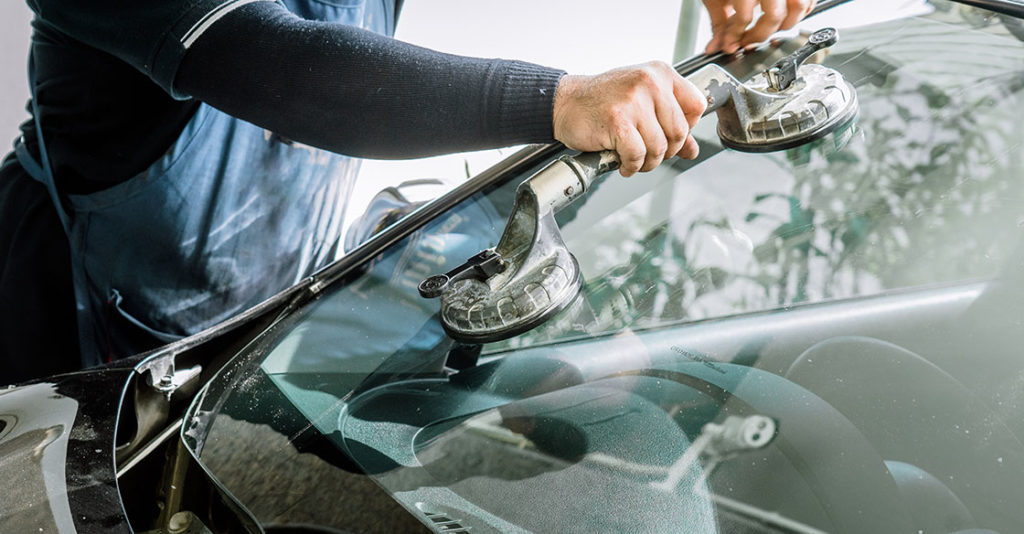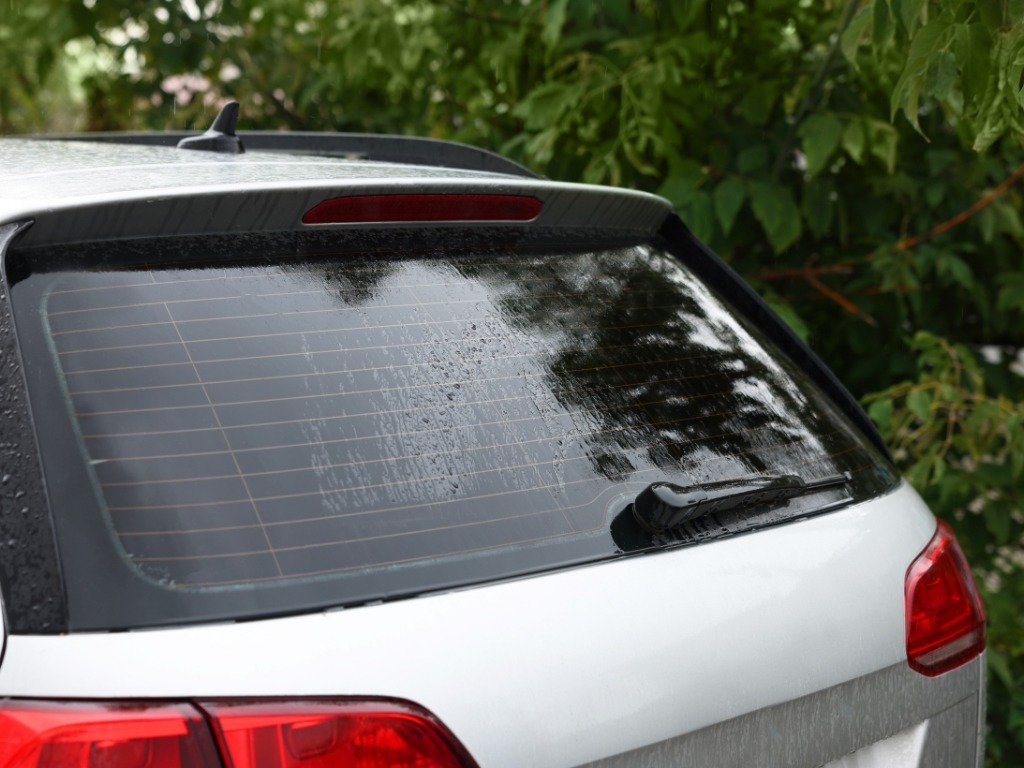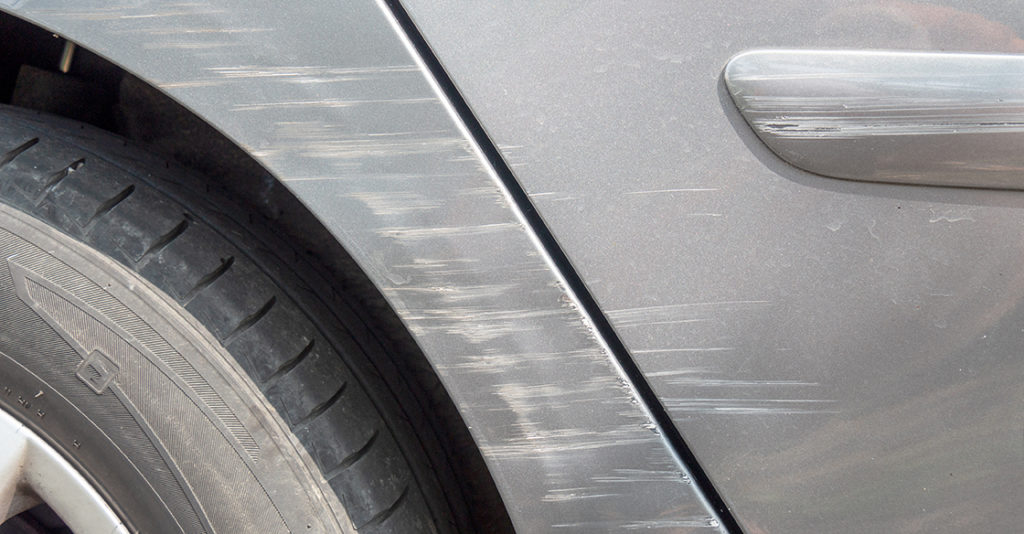Getting car window tint? One of the first things you’ll need to decide is how dark you want the tint to be. That’s where tint percentages come in.
But what do those numbers mean? And how do you know what’s too light or too dark? Let’s break it down in plain terms so you can pick the right window tint for your car.
What Does “Window Tint Percentage” Mean?
Window tint percentage refers to Visible Light Transmission (VLT)—the amount of visible light that can pass through the window.
A lower percentage means darker tint (less light passes through). For example, 5% tint is very dark and lets in only 5% of light.
A higher percentage means lighter tint (more light passes through). For instance, 70% tint is very light and lets in 70% of light.
Common Car Window Tint Percentages
Here’s a breakdown of the most common VLT options you’ll usually see in auto shops:
5% – “Limo Tint”
- Very dark; almost no visibility into the car
- Illegal on front windows in most states
- Commonly used on rear windows for privacy
20% – Dark and Private
- Still very dark, but offers some visibility
- Popular for rear passenger windows
- Not legal on front side windows in many states
35% – Balanced Appearance
- Dark enough for privacy
- Still allows decent visibility, especially at night
- A common legal limit for front windows in several states
50% – Light Tint
- Reduces glare and some heat
- Offers a noticeable tint without affecting visibility much
- Legal in most states
70% – Barely Tinted
- Offers minimal darkening
- Some heat and UV reduction
- Typically used to meet state regulations or just block UV rays without darkening the glass
How to Choose the Right Tint Percentage
Start by asking yourself: What’s your priority—looks, privacy, heat control, or legal compliance?
If you want privacy:
✅Go for 20% or darker on rear windows.
✅Avoid applying 20% or below on front windows unless your state allows it.
If you drive at night often:
✅Stick with 35% or higher.
✅Darker tints reduce visibility and may become a safety issue.
If you live in a hot climate:
✅Consider ceramic film in 35% to 50%, which blocks more heat without going too dark.
If you’re mainly interested in UV protection:
✅Even 70% tint with UV-blocking properties can help protect your skin and interior.
Are Darker Tints Always Better?
No. While dark tints provide more privacy and block more light, they also:
- Make nighttime driving harder
- Can attract police attention if they’re illegal
- Reduce visibility in poor weather
Think about how and when you drive. If you mostly drive during the day, dark tint may not be a problem. But if you’re frequently on the road at night, stick to lighter shades.
What Are the Legal Tint Limits in California?
San Diego car owners need to follow California’s tint laws. Here’s what’s allowed:
- Front side windows: Must allow 70% or more of light in.
- Back side windows: Any tint level is allowed.
- Rear window: Any tint is allowed if you have dual side mirrors.
Failing to follow the law can result in tickets and forced tint removal. When in doubt, always check with a local pro like San Diego Auto Glass & Tint to make sure your tint is compliant.
Tips to Stay Legal and Safe
Before you choose a window tint, make sure you’re not setting yourself up for a ticket or a costly redo. These quick checks can save you time, money, and trouble down the road.
- Use a legal tint meter to confirm your percentage.
A tint meter gives you an accurate reading of how much light your windows let through. This helps ensure your car meets local laws before you leave the shop. - Don’t assume factory tint counts—aftermarket tint on top of factory tint may push you past legal limits.
Factory glass may already have some level of tint built in. Adding another layer could make your windows darker than what’s legally allowed. - Inform your installer of your state’s regulations before they begin.
Don’t expect every shop to automatically follow your local laws. Tell them up front so they apply a film that keeps your car street-legal.
Can You Mix Tint Percentages?
Yes, many car owners choose to use different tint percentages on different windows. A common setup is 35% on the front windows, which often meets state requirements and allows for good visibility while still cutting glare.
For added privacy, they’ll go with 20% or even 5% on the rear windows, especially in states where those limits are allowed. This combination gives you a clean look, better comfort, and keeps you within legal limits—all without sacrificing visibility where it matters most.
What Type of Tint Film Should You Use?
The percentage tells you how much light gets through, but the type of film affects heat rejection, UV blocking, and clarity.
Here are some popular types:
- Dyed: Cheapest, less effective for heat and UV
- Metallic: Reflective, but may interfere with GPS/cell signal
- Carbon: Good performance, no signal interference
- Ceramic: Best performance for heat and UV, highest clarity
If you’re not sure, ask your tint shop to show you side-by-side samples. Look at them during daylight and from both inside and outside the vehicle.
What Happens If You Pick the Wrong Tint?
It might seem like a small decision, but the percentage, type, and placement of your tint can have real consequences—some that hit your wallet, and others that affect your safety.
Here’s what you might have to deal with if your tint doesn’t meet the mark:
❌Legal fines
❌Poor visibility
❌Extra costs to remove and reapply film
❌Warranty issues if the installer used low-grade materials
What Tint Percentage Is Right for You?
There’s no one-size-fits-all answer. It depends on:
- Your goals (privacy, heat, style, safety)
- Your driving habits
- Your state laws
Start by narrowing down your must-haves. Then choose the lowest percentage that still meets your comfort and safety needs.
Talk to San Diego Auto Glass & Tint
If you’re still not sure which tint percentage is right for your car, our team at San Diego Auto Glass & Tint is here to help. We’ll walk you through the tint laws in your area, show you real-life examples so you can see the difference for yourself, and recommend the film that fits your needs best.
Whether you’re after more privacy, better heat control, or just want to stay legal, we’ve got you covered. Give us a call or stop by—we’ll help you find the perfect window tint for your ride.




